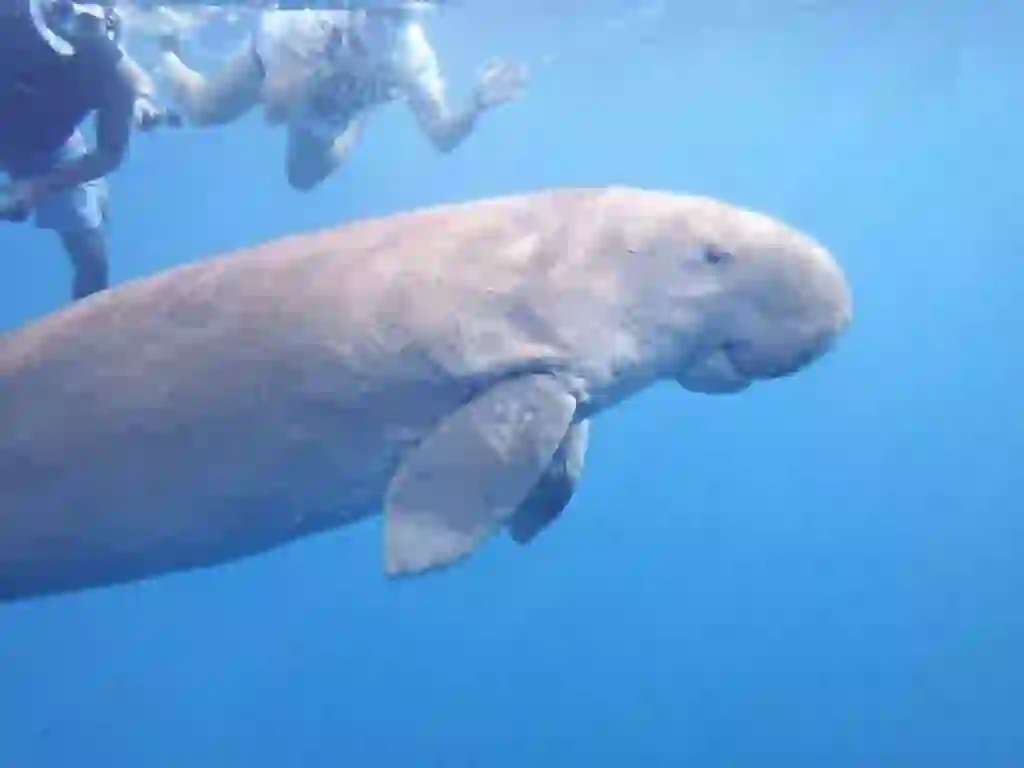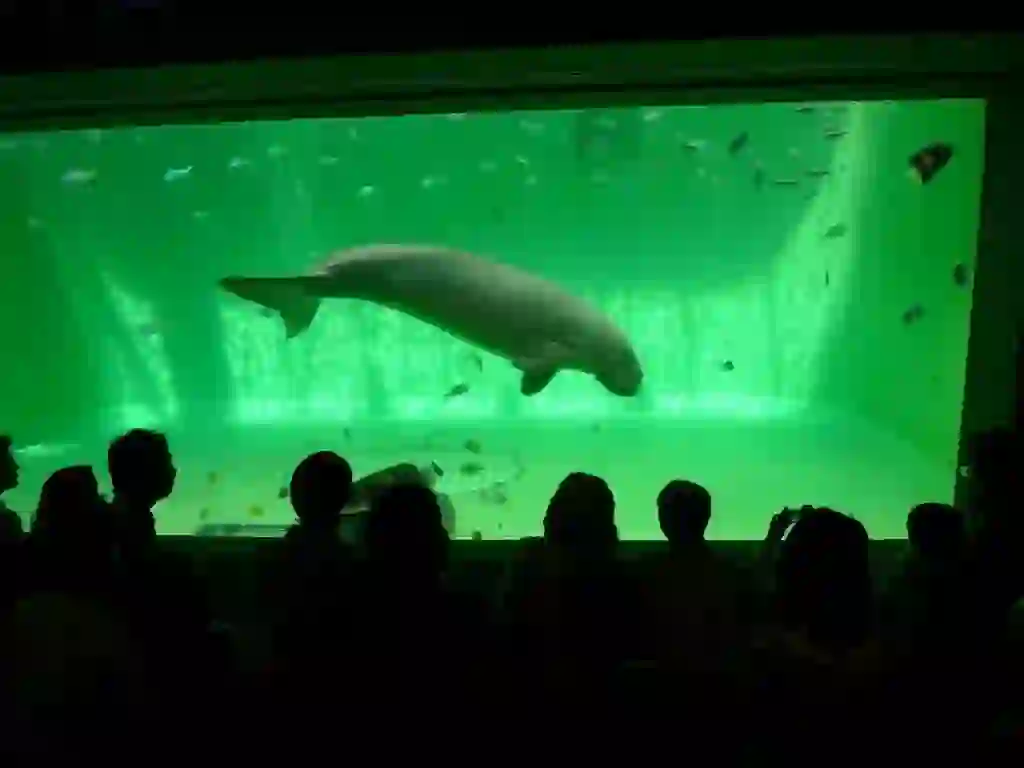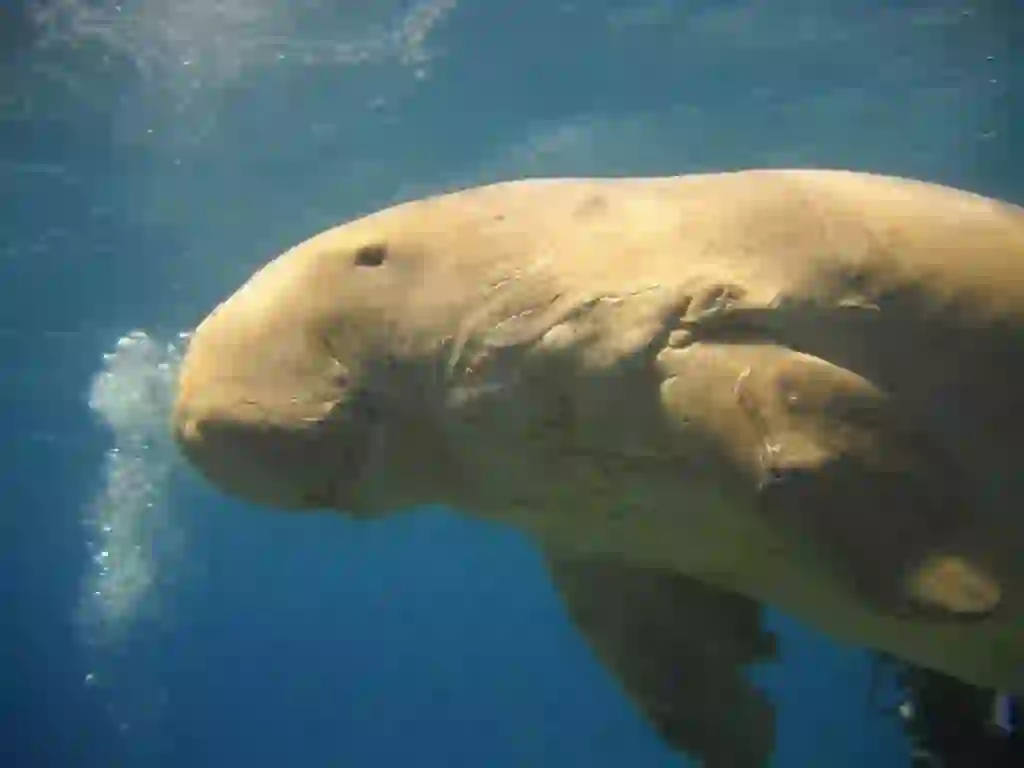
Dugong
Dugong
Dugong
Dugongs are famous for being the model for mermaids. You may know the name, but have you ever seen one? Dugongs are an endangered species and difficult to keep in captivity. Therefore, they can only be seen at the Toba Aquarium in Japan. Dugongs have a very gentle personality and their round eyes are cute and attractive. Many people may not know much about the ecology of dugongs. Let’s take this opportunity to investigate dugongs together and become more familiar with them!
Dugong Basic Infomation
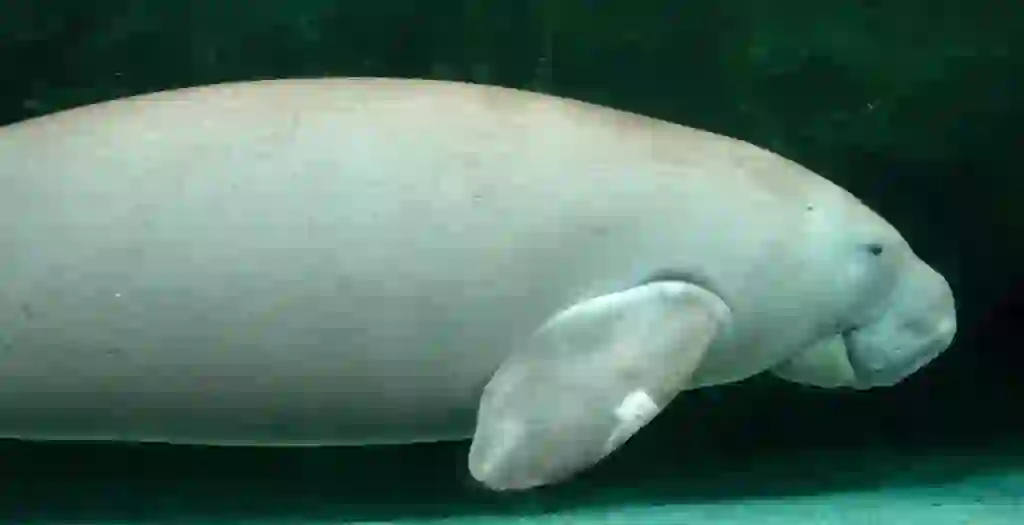
Mammalia−Sirenia−Dugongidae. Dugong Length : about 2.4-3m Weight : about 250-450kg. Dugongs live in shallow waters where seaweed grows in the Pacific and Indian Oceans. The number of dugongs is said to be about 100,000. Of these, 80,000 live in Australian waters and the remaining 20,000 are distributed over a wide area. Wild dugongs only live around Okinawa in Japan. There were about 300 individuals in 1865, but by 2015 it had decreased to only three. Currently, there have been no sightings of dugongs around Okinawa. Therefore, it is also considered that Okinawa’s dugongs have become extinct. However, the decrease in the number of dugongs is not unique to Japan. The number of dugongs has decreased overall and is included in the endangered species. Can’t dugongs breed to increase their numbers? Let’s investigate the breeding of dugongs.
Dugongs reach sexual maturity at around 9-10 years of age. There is no fixed breeding season. The gestation period for females is 14 months, and they give birth to one offspring per birth. The size of the newborn is about 1 meter in length and weighs 30 kg. It’s understandable that they can only give birth to one offspring if it’s that big. The child can eat seaweed immediately after birth, but it also drinks its mother’s milk for 14-18 months. By the way, the theory that dugongs became the model for mermaids is related to breastfeeding. Actually, the mother’s breast is under her arm, so she holds the child in her arms while breastfeeding. It was misunderstood because the act of breastfeeding was similar to that of humans. Children become independent after about six years. Until that time, the mother continues to stay with her child. Since they spend a lot of time together, there is a considerable gap until the next breeding. It is difficult for dugongs to breed one after another to increase their numbers.
Dugong Q&A

Where does the dugong get its name?
The name “dugong” comes from Tagalog, which is used in the Philippines. In Tagalog, dugongs are written as “dugong.” This word means “lady of the sea.” It may have been named after the image of a mermaid. In English, it is also called “sea cow.” It was named after its appearance of eating food like a cow. Dugongs have been seen in Okinawa, Japan since ancient times. Therefore, they were called by different names instead of dugongs. ・Zan. ・Zannoio. ・Akangaiyu. ・Yonatama. ・Yonaitama, etc. They were called by various names.
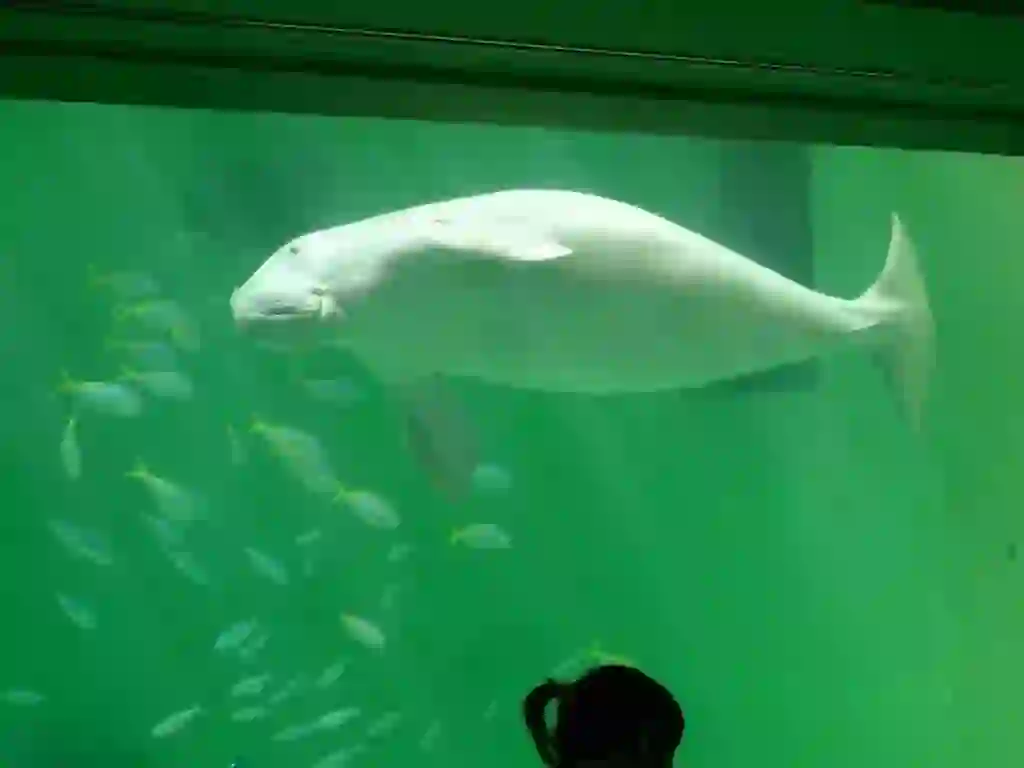
Why do dugongs live there?
Dugongs live in shallow tropical and subtropical waters in the Pacific and Indian Oceans. The reason they live there is that there is an abundance of seaweed, their food. The place where seaweed grows a lot is called a “seaweed bed.” Not only dugongs but also various creatures gather in the seaweed bed. I wonder why they gather in the seaweed bed. Seaweed beds have many roles, but I will introduce five of them. 1)Purification of water quality. 2)Conservation of various creatures. 3)Provide spawning grounds. 4)Provide child-rearing grounds. 5)Provide food for rare creatures. The creatures that visit the seaweed bed are gathering for the above purposes. In the case of dugongs, they are provided with food in the seaweed bed. It has been found that it is an important place that cannot be missed for creatures living around it.
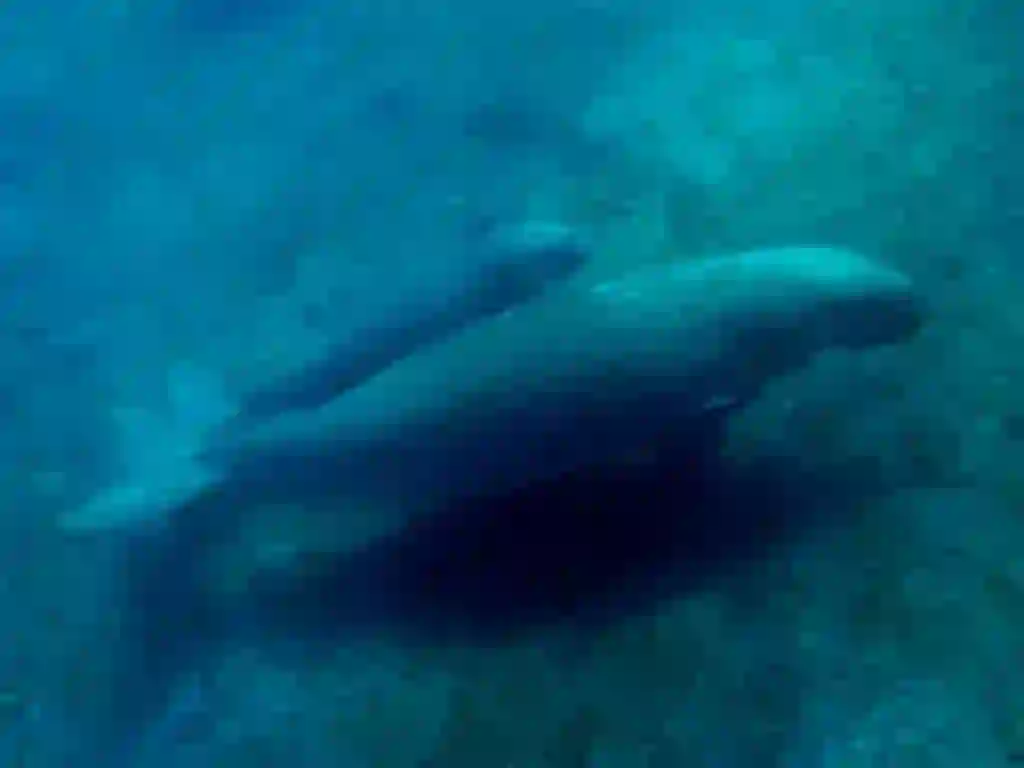
What do dugongs eat?
Dugongs eat seaweed. Dugongs live near seaweed beds where seaweed is abundant. When dugongs eat in the seaweed bed, distinctive traces remain. The trace is like a line as if the grass has been mowed. This trace is called “feeding trace” or “dugong trench.” It’s an easy-to-understand trace that has a name. Dugongs kept in aquariums eat seaweed such as Amamo and Romaine lettuce. They eat about 25-30 kg of food per day. It seems that they need to eat that much to be satisfied because the food doesn’t seem to fill them up.
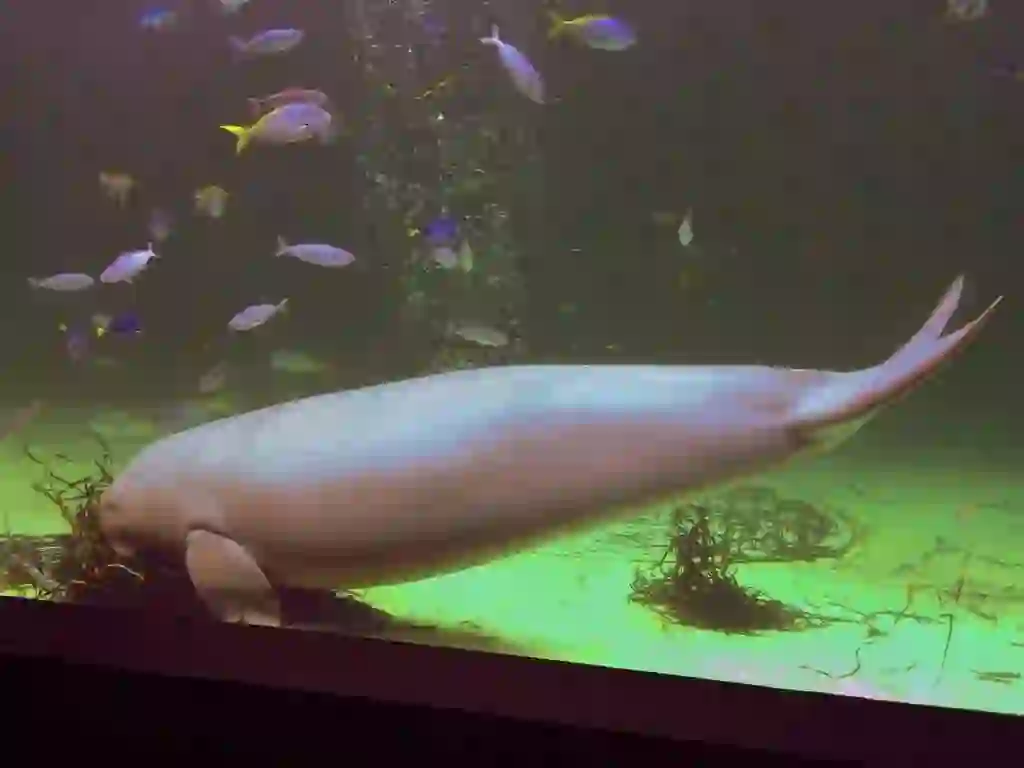
How fast can dugongs swim?
The swimming speed of dugongs is about 3 km/h in their daily life. It’s a speed that suits the laid-back dugongs. When they feel danger, such as when predators are nearby, they can swim at speeds of 20-30 km/h. However, compared to carnivorous animals in the sea, they are slow and can be caught. Is there anything that dugongs are good at? Actually, dugongs can swim long distances for long periods of time. In past examples, they have moved 700 km over 50 hours. They can move longer distances than you might think.
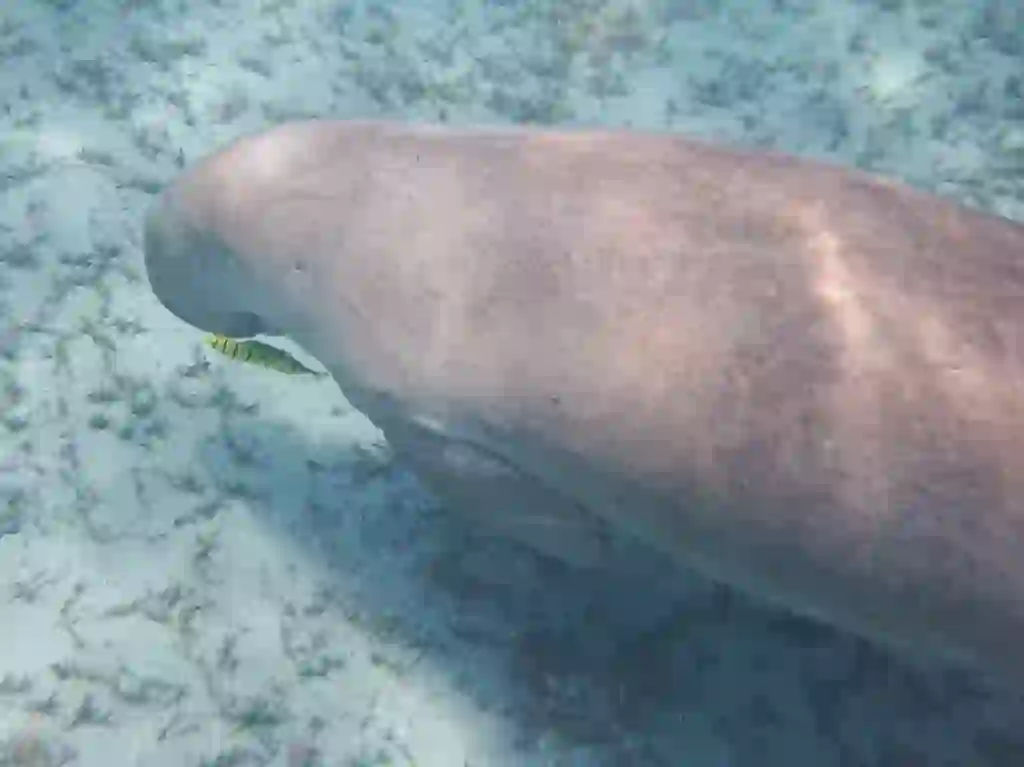
What are the natural enemies of dugongs?
Dugongs’ natural enemies include large sharks, killer whales, and crocodiles. Dugongs are slow swimmers and cannot defend themselves, so they are easily caught. However, damage caused by carnivorous animals alone does not cause a rapid decrease in the number of dugongs.
The most damaging thing to dugongs is “humans.” We have taken away their habitat, polluted the water, and caught them accidentally. These examples are just a small part. From these actions, it can be said that humans are the natural enemies of dugongs.
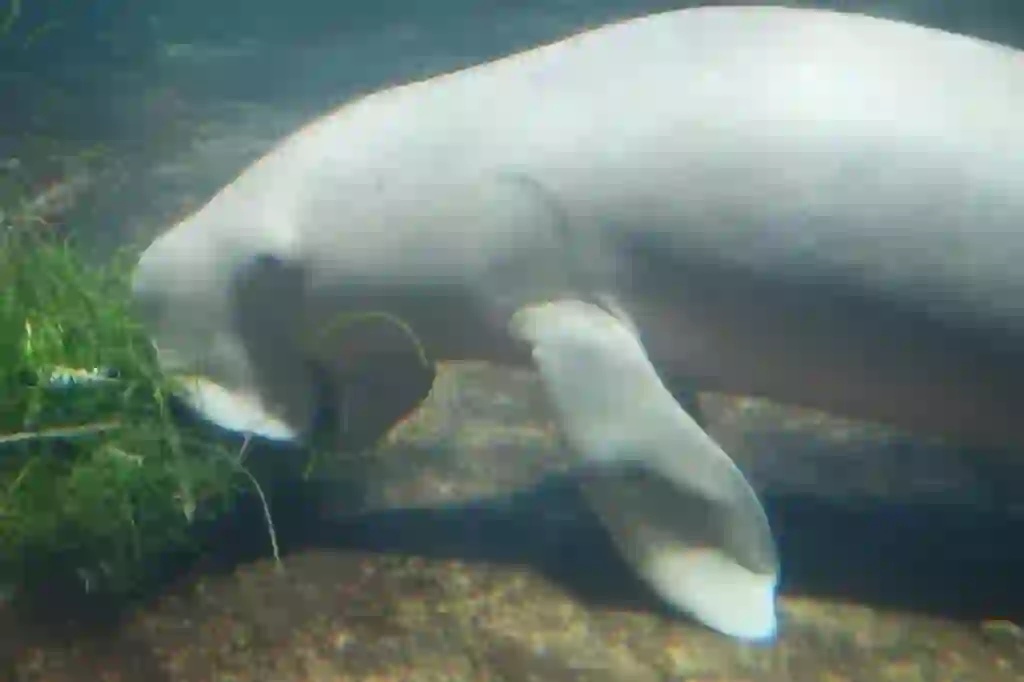
What is the difference between dugongs and manatees?
There are three points to distinguish between dugongs and manatees. 1)Check the shape of the face. Comparing the shape of the face from the front, the dugong has a vertical shape and the manatee has a round face. The difference in facial shape is related to diet. Dugongs eat seagrass on the seabed, so their mouths are downward. Manatees eat water plants and vegetation floating on the surface. Therefore, there is no need to change the shape of their faces. 2)Check the shape of the tail fin. The shape of the dugong’s tail fin is similar to that of a dolphin, with a triangular shape. The shape of the manatee’s tail fin is rounded and resembles a fan. 3)Check their habitat. Dugongs only live in the sea. Manatees can live in a wide range of habitats, including seawater, lakes, and rivers. By observing their physical characteristics, you can notice differences. If you want to compare them in person, we recommend going to Toba Aquarium. It is the only place in Japan where both dugongs and manatees are kept.

Where can I see dugongs?
There are only two aquariums in the world that keep dugongs as of 2021. In the past, five dugongs were kept in four aquariums. However, the number has decreased by half due to the death of dugongs or the closure of aquariums. ・Japan: Toba Aquarium. It keeps one female “Serena”. It was presented as a symbol of friendship from the Philippines and has been kept since 1987.
・Australia: Sydney Aquarium. It keeps one male “Pig”. Until 2018, there was also a female “Wuru”, but she died. Aquariums that used to keep dugongs. ・Singapore: Underwater World. ・Indonesia: Sea World. There is only one way to see dugongs other than aquariums. That is scuba diving.
There is a tour where you can swim with wild dugongs on Busuanga Island in the Philippines. It is a valuable experience to see the endangered dugong in its natural state and swim with it.
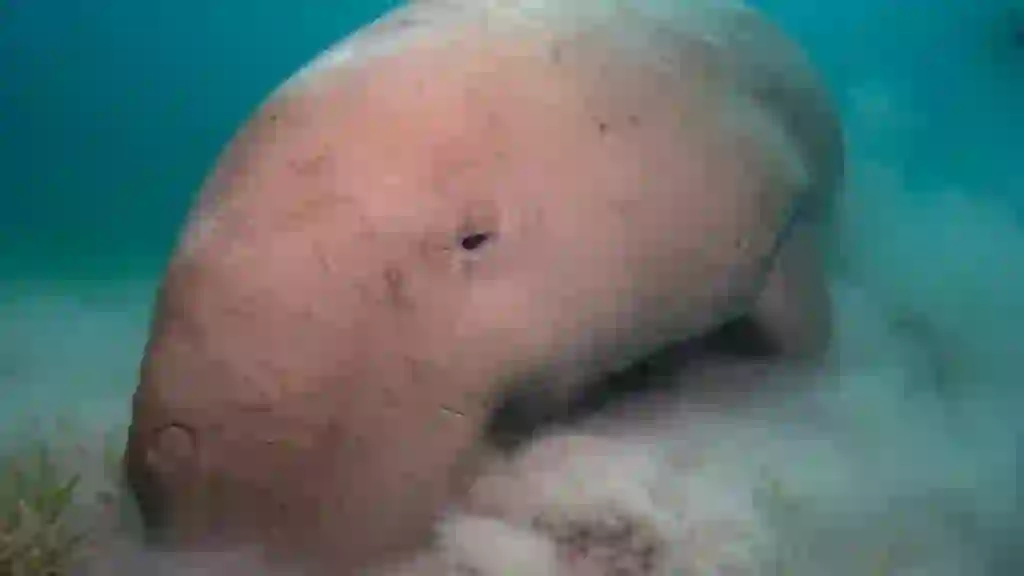
How long does a dugong last?
The lifespan of dugongs varies greatly between the wild and captivity. The lifespan of wild dugongs is about 70 years. Dugongs kept in aquariums often die after about 10 years on average. The reason for this is that the captive environment is not suitable. Dugongs are very delicate creatures and are sensitive to sound and light. In addition, it is said that it is difficult to obtain seagrass, which is the main food of dugongs, and that it is a difficult creature to keep. The longest-lived dugong in an aquarium is “Serena” at Toba Aquarium. It was brought from the Philippines in 1987 and has been kept for 34 years and counting. It is important to provide a suitable environment for dugongs.
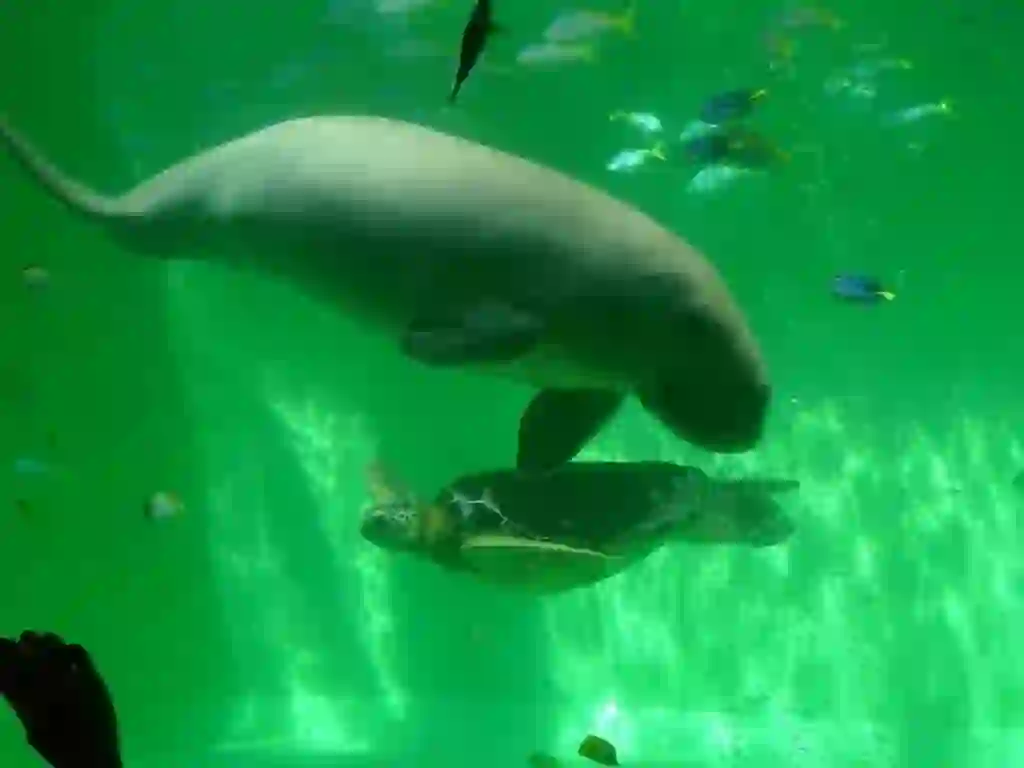
How did the dugong become an endangered species?
There is not just one reason for the decrease in the number of dugongs. Various factors have affected dugongs due to the accumulation of these factors. Many of these factors are due to human activities. Here are three examples of what causes this. ・The development of coastal construction reduces the amount of seaweed. Seaweed is a habitat and feeding ground for dugongs. Such an important place has been reduced by pollution and land reclamation due to development. The reduction of seaweed means that the place where dugongs live also decreases. ・Mistaken ingestion due to garbage inflow. Garbage flowing into the sea causes them to ingest garbage along with seaweed. Dugongs cannot distinguish garbage because their eyesight is poor. If they eat garbage, it will accumulate in their stomachs without being digested. If it continues to accumulate, dugongs will die. In fact, a child dugong in Thailand died from ingesting garbage. ・Death by overfishing or bycatch. The purpose of overfishing dugongs is to obtain high-quality oil and tusks as amulets. They can also eat meat, which is said to be surprisingly delicious. In the past, there was a creature similar to dugongs called “Steller’s sea cow,” but it became extinct due to overfishing by humans. Bycatch is not intentional. However, there have been many accidents where dugongs were caught in nets and died while fishing. Dugongs have low reproductive power, so even if one dies, it has a significant impact. While human life becomes richer, there are creatures that struggle to survive. Once they become extinct, they cannot be recovered again. It is important for everyone to think about and act on animal welfare.

Would you like to become a part of the 'Animalbook.jp'?
Turn your knowledge into Q&A and share it with the world. ※Publication will be activated after purchase. Let's share information together!
Dugong Type of List
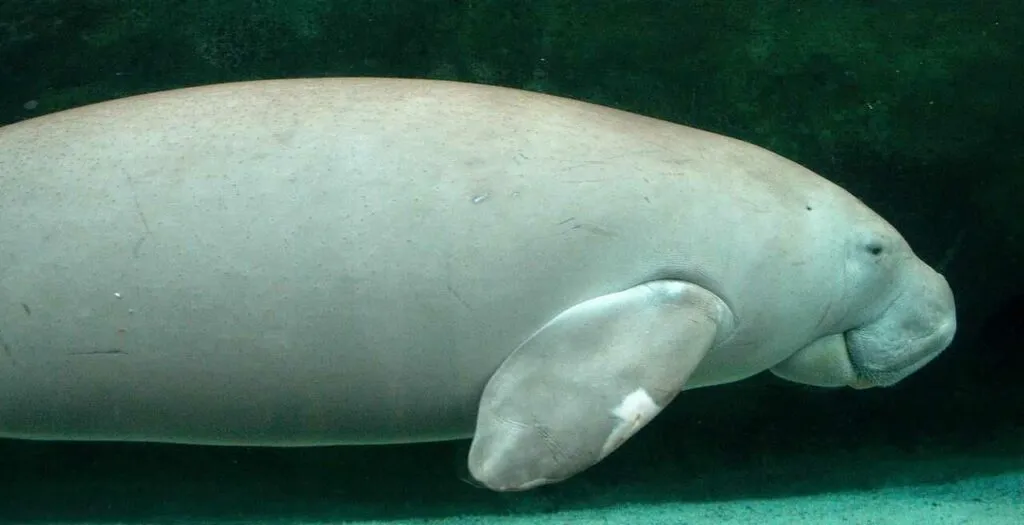
・Dugong.
Information
Congratulations! You are the first commenter!

Create Your Favorite List!
Dugong
Save the animals you love! Build your own list to quickly revisit your favorites later.

Would you like to leave a comment?
※Please note: This is for the purchase of rights to post comments within the article.
Find Your Favorites!
Our shop offers a unique and attractive selection of goods themed around various animals.
Dugong References

- WWFジャパン「ジュゴンについて」 沖縄県文化環境部自然保護課「ジュゴンのはなし〜沖縄のジュゴン〜」 動物好き集まれ!〜生き物宇宙紀行〜 「ジュゴンの生態、特徴まとめ!沖縄にもいるの?見れる水族館は?」 ホンシェルジュ 「意外と知らないジュゴンの生態!人魚伝説にもなった絶滅危惧種の特徴を紹介」 Private Zoo Garden「ジュゴン プロフィール」 絶滅危惧種リスト「ジュゴンの名前の由来や英語の発音について」 ネット動物園〜生き物全般からペットまで〜 「ジュゴンは日本では沖縄にいたが絶滅?港湾開発が原因?生態など」 全力広報 つづきは三重で 「飼育種類数国内1位の鳥羽水族館には知られざる魅力がいっぱい」 鳥羽水族館ホームページ「Hコーナー 人魚の海」 https://www.wwf.or.jp/activities/basicinfo/3561.html
- 水産庁「藻場の働きと現状」 https://www.jfa.maff.go.jp/j/kikaku/tamenteki/kaisetu/moba/moba_genjou
- 書籍「海のどうぶつが可愛すぎて!」(まつおるか:2019.3.28発行)
Dugong Introduction of media used

出典:https://commons.wikimedia.org/wiki/File:Dugong_Serena.jpg

出典:https://commons.wikimedia.org/wiki/File:Dugong-Jakarta.JPG
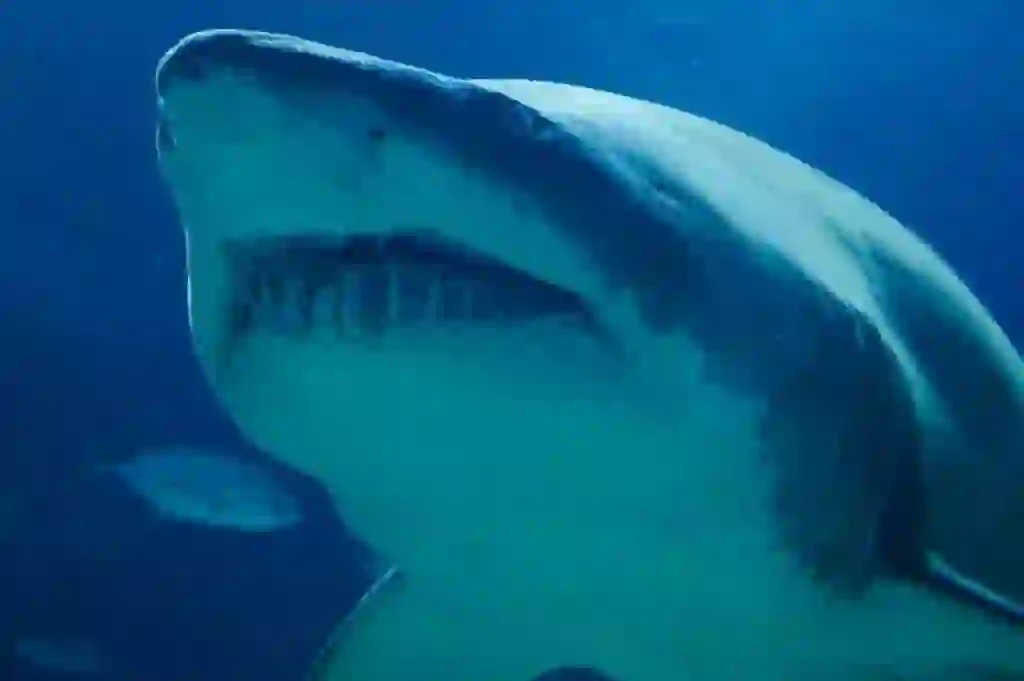
enemy
出典:https://unsplash.com/photos/4BeQGfVFxcc
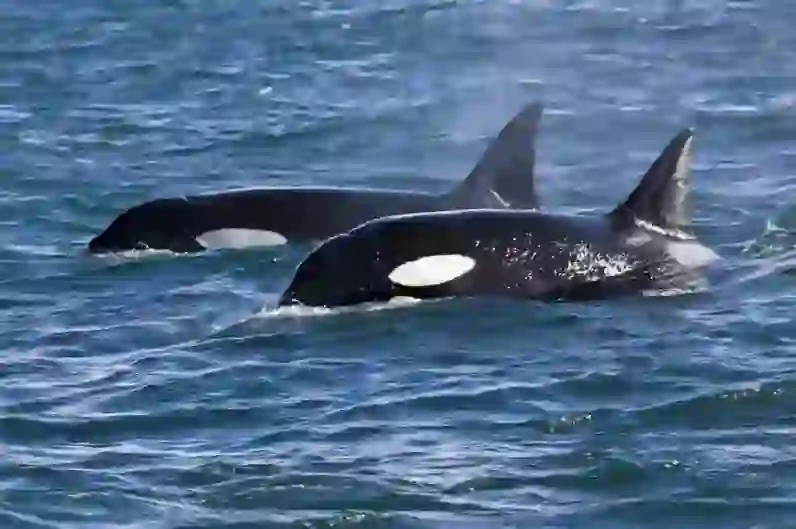
enemy
出典:https://commons.wikimedia.org/wiki/File:Two_Orcinus_orca.jpg
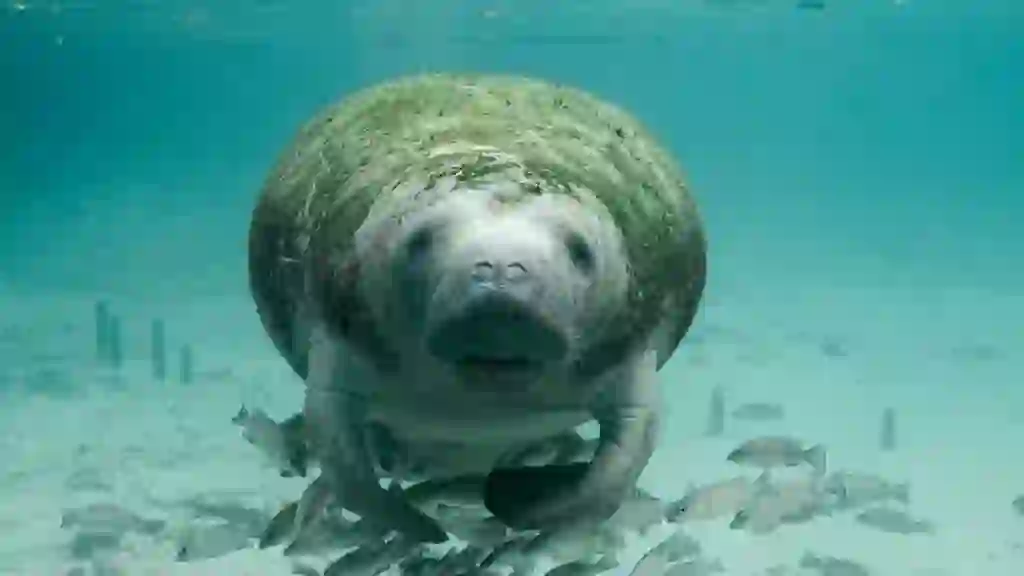
similar
出典:https://pixabay.com/images/id-387193/

Help Enrich Our Animalbook.jp with Your Media!
We are constantly looking to expand and enrich our Animalbook.jp with amazing photos and videos of animals. If you have any media that you'd like to share, please contribute and help us showcase the beauty and diversity of the animal kingdom. Your submissions will be credited and featured in our encyclopedia, reaching a wide audience of animal lovers.
















